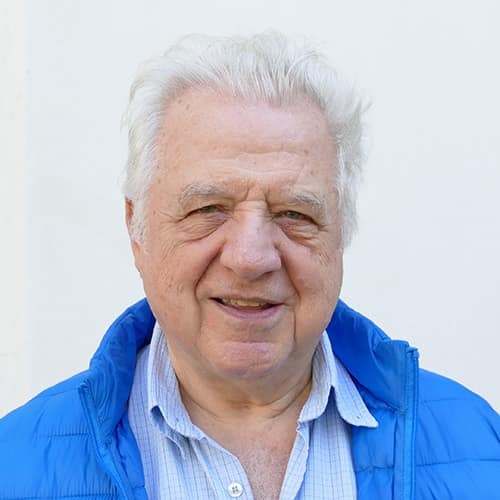CSH External Faculty member Constantino Tsallis has been elected to the European Academy of Sciences and Arts (EASA)
“I consider this election a great honor—especially because, unlike many other academies worldwide, the European Academy stands for both sciences and arts within a unified vision that I deeply appreciate. After all, truth, which is the paradigm of science, is a synonym of beauty, which is the paradigm of art,” says Tsallis.
Constantino Tsallis is a renowned physicist whose work has significantly shaped our understanding of complex systems. Born in Greece, he completed his doctorate in Paris and later established his career in Brazil as a professor at the Brazilian Center for Research in Physics (CBPF) in Rio de Janeiro.
Tsallis is best known for his revolutionary introduction of non-additive entropy, famously called Tsallis entropy, which has been picked up by over 17,000 scientists worldwide.
ABOUT COMPLEXITY
In statistical mechanics, physicists aim to understand and predict how thermodynamic systems with many particles evolve over time. Instead of tracking each atom and molecule, the system is viewed as a collection of possible microstates, each with a certain probability. Using these probabilities, physicists can predict properties like temperature, pressure, and entropy—a measure of randomness and disorder.
Tsallis’ concept generalizes the traditional Boltzmann-Gibbs entropy framework, offering profound insights into systems with long-range interactions, long-lived memory effects, or fractal structures.
These techniques are also applicable outside physics, in fields like economics, biology, and social sciences, known as the science of complex systems – which is why Tsallis’ pioneering research spans various fields and continues to influence how we comprehend the intricate behaviors of complex systems.
His contributions to science have received over 44,000 citations, making him one of the most cited scientists of all times in Latin America.
BUT WHAT ABOUT ART?
Even though Tsallis has been elected to the EASA in the “Natural Sciences” Class, there is also some art. “In all my career, it happened many times that the path I chose to investigate in physics had a kind of aesthetic motivation. If I see an expression or structure that has some beauty, I am automatically interested in taking a closer look. In this way, art also finds its way into my own work,” says Tsallis.
THE EUROPEAN ACADEMY OF SCIENCES AND ARTS
Established in 1990, the European Academy of Sciences and Arts is a non-governmental association in Europe dedicated to advancing scientific and social progress. Its 2,000 members, including 38 Nobel Prize laureates, comprise leading scientists, artists and governance practitioners.
The award ceremony is scheduled for March 7 and 8, 2025 in Salzburg, Austria.


